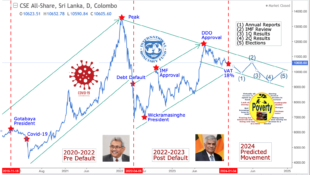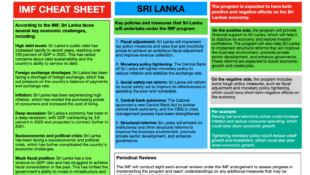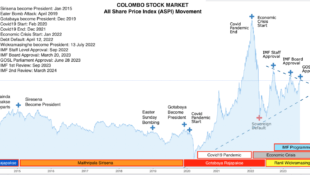My local newspaper, xxxxxxxxxx, was originally founded by xxxxxxxxx as a mouthpiece for his political views in the late 18th century. Now it is a typical local offering, full of village gossip, fatstock prices, and other issues of local interest in this part of Cumbria.
But, resilient though it is, regular readers cannot fail to notice that advertising has fallen away somewhat (a separate weekly property section has long since bit the dust, for example) and costs have had to be cut.
If you look below the surface of most media companies, whether in newspapers or broadcasting, you find the same phenomenon.
Increased unemployment and lower job vacancies hit recruitment advertising, lower mortgage advances hit property advertising, and so on. And newspapers have to recover relatively high fixed costs from lower levels of revenue. On top of all this, there is the ever-present threat from digital media. Some media groups have managed to offset declining print advertising with increased digital revenue, but it is a tough strategy to pursue.
Most media companies, newspapers being no exception, do well in booming economies. Jim Rogers, that doyen of emerging market investing, reckoned that the first shares to buy in an emerging market that had just opened up were a bank, a brewery, and a newspaper. And Warren Buffett is renowned for his long-standing investment in The Washington Post.
Analysing media stocks raises a number of valuation questions.
Newspaper and magazine titles are a classic example of an intangible asset. Putting intangibles on the balance sheet so longer provokes quite the negativity among investors that it once did, but establishing what print titles in particular are worth is fraught with difficulty.
Corporate financiers are wont to apply complex formulas to arrive at valuations for companies for the purposes of acquisitions. One treatise on the subject lists around a dozen factors to be ranked on a scale of 0 to 5, including the trend and absolute scale of the subscriber base, renewal rates, trends in advertising revenue, locality, length of time established, the degree to which there are significant competitors, barriers to entry and so on.
Averaging out the scores leaves a would-be buyer with a figure somewhere between 0 and 5, which is then multiplied by 75% of 2.28 times free cash flow (it's a mystery why the number should be so precise), to arrive at an appropriate value for the company.
This suggests that the maximum value that should be paid for a perfect private media company should be around 8.5 times free cash flow. Appropriate upward adjustments can perhaps be made for publicly-quoted newspaper and magazine publishers, especially if they happen to have cash rich balance sheets. But you get the idea.
For broadcasters, especially satellite broadcasters, valuation tends to focus on much the same parameters as for mobile phone networks. Key yardsticks are what is variously known as REVPAR or ARPU, namely average revenue per user. Attention is also focused on 'churn rates', the degree to which a subscriber remains loyal. Low churn either indicates a superb product, or more likely the absence of any credible competition.
Churn manifests itself in print publishing in the form of subscription renewal rates, which are one of the crucial aspects of publishing success. High rates of lapsing subscriptions generally indicate a tired product in need of a revamp.
The value of most media companies, whether traditional print, broadcast or digital, come down to the valuation that should be placed on lists of subscribers and the spending that can be extracted from them through attempting to sell profitable related products. That is one reason why trade publications often branch out into conference organising and 'awards' dinners, which can be a highly profitably adjunct.
Peter says
There are superficial similarities between media companies, but print media and digital media in particular have a different dynamic and different cost structures.
One should not, for example, underestimate the high costs involved in the physical production of a print publication, especially if advertising revenue is under pressure as a result of some external economic cycle. For this reason, it can be tempting to combine the two, but there are pitfalls, as was quickly discovered in the case of AOL and Time Warner.
Ultimately, though, media companies live or die by keeping subscribers happy, so that subscription renewals are maximised. Subscribers, whether recipients of print publications or eyeballs on a web page, are what the business is about. All of the value in media companies flows from that fact. But just because print can be derided as smearing ink on dead trees, one should not lose sight of how profitable it can be in the right economic climate.
http://www.iii.co.uk/articles/articledisplay.jsp?article_id=10119443§ion=ShareDealing

 would enable you to enjoy an array of other services such as Member Rankings, User Groups, Own Posts & Profile, Exclusive Research, Live Chat Box etc..
would enable you to enjoy an array of other services such as Member Rankings, User Groups, Own Posts & Profile, Exclusive Research, Live Chat Box etc.. 
 Home
Home


















